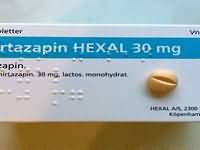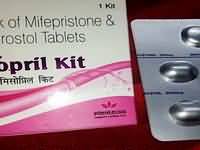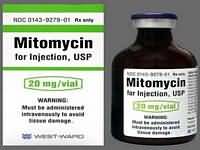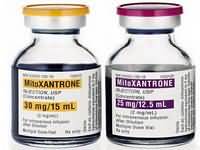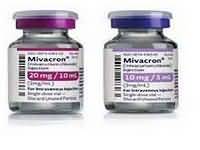sodium valproate

CLINICAL USE
All forms of epilepsy
DOSE IN NORMAL RENAL FUNCTION
Oral: 600 mg – 2.5 g daily in divided doses IV: For continuation of existing oral —therapy, IV and oral doses are equivalent, give the same dose. For initiation of new therapy: give —a loading dose of 400–800 mg (up to 10 mg/kg), followed by either a constant infusion or intermittent doses up to a cumulative daily dose of 2.5 g
PHARMACOKINETICS
Molecular weight :166.2 %Protein binding :90–95 %Excreted unchanged in urine : 3–7 Volume of distribution (L/kg) :0.1–0.41half-life – normal/ESRD (hrs) :6–15/Unchanged DOSE IN RENAL IMPAIRMENT
GFR (mL/MIN)
20 to 50 : Dose as in normal renal function 10 to 20 : Dose as in normal renal function <10 : Dose as in normal renal function DOSE IN PATIENTS UNDERGOING RENAL REPLACEMENT THERAPIES
CAPD :Not dialysed. Dose as in normal renal function HD :Not dialysed. Dose as in normal renal functionHDF/high flux :Dialysed. Dose as in normal renal functionCAV/VVHD :Unknown dialysability. Dose as in normal renal function IMPORTANT DRUG INTERACTIONS
Potentially hazardous interactions with other drugsAntidepressants: antagonise anticonvulsant effectAnti-epileptics: concentration reduced by carbamazepine; concentration of active carbamazepine metabolite increased; increased concentration of lamotrigine, primidone, active metabolite of primidone, and possibly ethosuximide; sometimes reduces concentration of active metabolite of oxcarbazepine; alters phenytoin concentration; phenytoin and primidone reduce valproate concentrationAntimalarials: mefloquine antagonises anticonvulsant effect; increased convulsions with chloroquine and hydroxychloroquineAntipsychotics: antagonise anticonvulsant effect; increased neutropenia with olanzapineCiclosporin: variable ciclosporin blood level response Ulcer-healing drugs: metabolism inhibited by cimetidine, increased concentration ADMINISTRATION
Reconstition
Use solvent provided Route
IV, oral, PR (unlicensed) Rate of Administration
3–5 minutes bolus, or continuous infusion Comments
– OTHER INFORMATION
Increases ketones in urine. May give false positive urine tests for ketones
Sodium valproate serum levels do not correlate with anti-epileptic activity
Monitor serum levels to ensure not greater than 100 micrograms/mL, or if non-compliance is suspected
Suppositories are available on a named patient basis
See how to identify renal failure stages according to GFR calculation
See how to diagnose irreversible renal disease
Home



